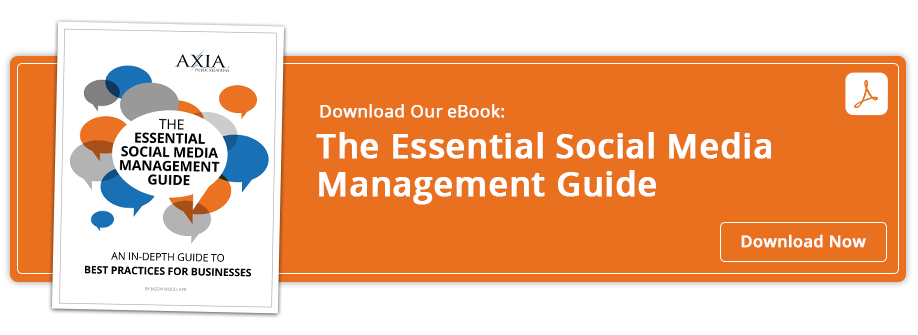 Embrace, understand and leverage this important tool
Embrace, understand and leverage this important tool
Everyone reading this post likely has a general understanding of social media. Regardless of the platform, social media is about one thing and one thing only: social engagement.
All businesses should seriously consider at least a minimal social media presence. Unlike traditional public relations, social media is focused on creating brilliant content, sharing it, then listening and responding in an effort to take traditional PR efforts to the next level. Using advanced reporting, monitoring and structuring tools, public relations teams can further build brands and create a loyal, active following of customers and fans – all of whom can further extend your reach.
A good way to think of social media is as a spider web.

A properly crafted and managed social media campaign starts at the center and expands outward in all directions, touchpoints radiating out.
Here are a few tips on how to begin crafting a solid social media presence:
1. Learn about the breadth and depth of each platform. There are so many social media platforms, each with its own set of benefits, rules and reach. Understanding each platform is a critical first step. Some business owners may cringe at the thought of having to learn the broad and ever-evolving technology ropes. Because of this, social media efforts are often left in the hands of a more youthful and inclined set who, while savvy about social media, may not always be the optimal team members to manage engagement. Instead of simply delegating the social media function, all business owners benefit from at least a cursory understanding of social media. We’ve seen that once they gain firsthand knowledge, many of them find social media fun and enjoy the rewards of initiating social media efforts.
2. Select optimal platforms for your business. No social media platform is exactly like another; don’t feel pressure to engage in all of them. A good rule of thumb is to target one to three platforms you find are most used by your target demographics and focus time and energy on them. Once you gain general knowledge of the type/age of users and what type of content they most digest on each platform, you can select your top three. For example, a photographer would benefit more from investing in social media platforms that value images, such as Pinterest, Instagram and Facebook. An attorney, in contrast, would be better served by using more business-oriented platforms like LinkedIn, Quora or even Twitter.
3. Develop awesome content and share it. Whatever you choose to share should be of value to your audience, whether it’s a beautiful image or video, advice, reviews or news. Everyone’s seen “viral” content, which gets pushed expeditiously through social media channels, including big local or global news, celebrity gossip or astonishing videos. The reason for the rapid movement is the content itself. When you develop unexpected, unique, useful or unbelievable content, it influences broadly across social media. Consider what makes each social media sensation so memorable and sharable, and you’ll be able to determine the type of content that gains traction.
4. Listen and engage. The failure of businesses when it comes to social media – aside from a general misunderstanding – is the deliberate decision to not use it regularly. Engagement is necessary for success. We’ve seen hundreds of businesses create Facebook pages or Twitter accounts and never use them. What adds value is consistent engagement – whether posting content, responding to customer inquiries or sharing information from others. More than ever, people use social media to conduct their research on businesses, services or products. If your business isn’t as active as others, you stand to lose. To help the ever-busy business owner, there are dashboard tools available such as HootSuite, which helps manage all social media channels in a single location to maximize engagement in 10 minutes a day.
5. Monitor and adjust, if necessary. After operating your selected platforms for 30 days, it is best practice to analyze data about how each platform works for your business. You may find that you receive more engagement on one versus another, that particular content is more valuable than others or even that your sales increase when you invest time on a specific platform. Monitoring and reviewing the results of a 30-day social media engagement (whether it’s a campaign or simple initiation), will help determine if you’ve selected the proper platforms, if you’re maximizing them and how your demographics are responding. With each new fact, you can fine-tune and hone social media efforts to become a positive extension of overall marketing communications efforts.
Given the complexity of social media and related business campaigns, Axia PR has created The Essential Social Media Management Guide to help demystify the hype and confusion. Inside, you will find a useful cross section of the most widely used platforms, a guide on how to use each and valuable tips on how to maximize engagement across each. As always, if you feel that your business would benefit from additional bench strength and knowledge, we encourage you to meet with us; our experienced social media experts embrace, understand and, most importantly, enjoy leveraging social media to assist all our clients in taking marketing communications programs to the next level.
Image credit: 123rf.com
Topics: public relations, inbound marketing, shared media


Comment on This Article